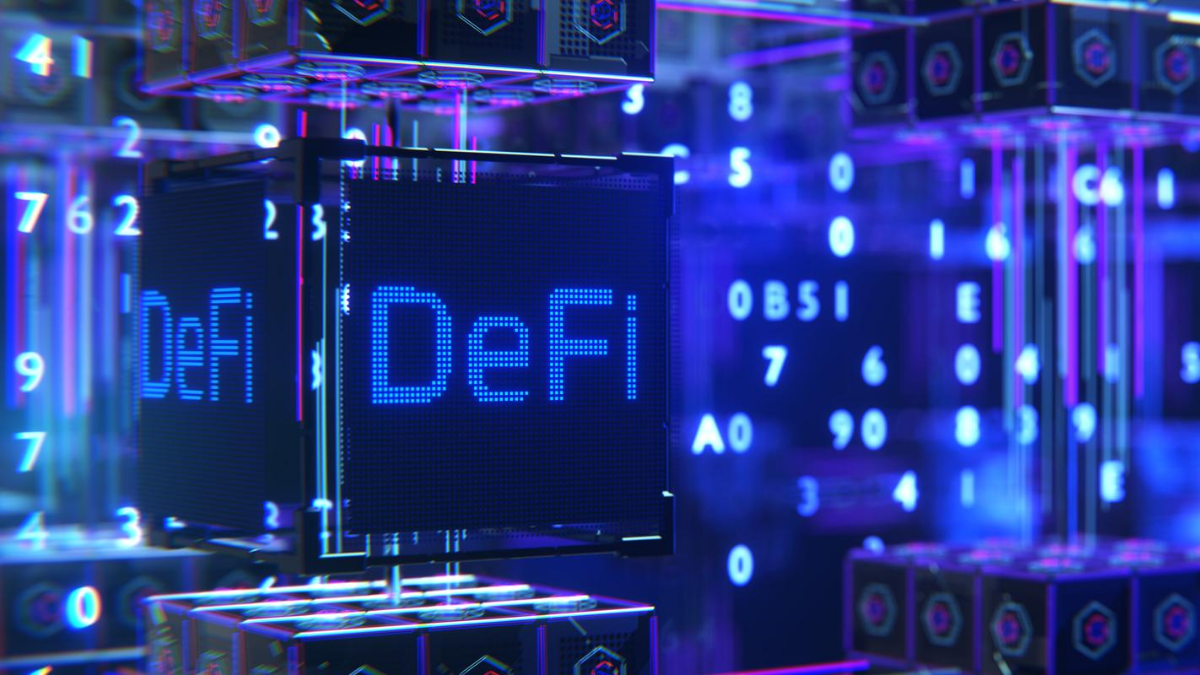Most NFT aficionados are aware of the financial benefits that play-to-earn games bring. Some of those benefits result from the marriage of DeFi and NFTs, like collecting the game’s native tokens to unlock new NFT assets or NFT staking to earn interests.
However, there are numerous other ways that DeFi leverages NFTs. In this article, we explain three of the lesser-known ones.
Nested NFTs
Simply put, these are NFTs that are capable of owning other assets. A nested NFT can hold both fungible tokens (ERC-20) and non-fungible tokens (ERC-721). Consequently, we can think of them as a basket of various blockchain assets and tokens.
This flexibility enables new financial uses. You can, for example, create, manage, and monetize a crypto portfolio using one single NFT.
Charged Particles, the industry leader in the domain, builds on the nested NFT concept and allows the creation of NFTs with novel financial attributes. Artists and musicians can release content gradually thanks to time-lock functionality and design collaborative NFT projects that split the proceeds between wallets, to mention a few applications.
Another well-known protocol that leverages nested NFTs is Nested. It also allows NFT owners to create portfolios and also adds a social element to the mix. Users can copy each other’s portfolios to follow the same investment performance. The protocol shares royalties with the owners every time their portfolios are copied.
Loan collateralization
Decentralized lending is a huge area in crypto circles. Market leaders like Aave and Compound supply loans in exchange for depositing cryptocurrencies as collateral. Although not commonplace, some DeFi protocols also accept NFTs as collaterals.
Stater is an example. On this peer-to-peer open-source lending platform, you can create a borrowing package from the NFTs in your crypto wallet. It’s possible to use a single NFT as collateral. However, if you use multiple assets, you can increase the collateral’s total value, increasing the chance of getting a loan in ETH. Lenders choose from these borrowing packages to provide liquidity for the loans. If the borrower doesn’t repay the whole collateral, the lender can claim ownership of it. Another platform that applies a similar concept is NFTfi. The platform offers NFT-backed loans distributed in wETH and DAI currencies.
An exciting event concerning NFT collaterals occurred on the NFT credit platform Metastreet, where a borrower took an $8 million loan by lending 101 CryptoPunks NFTs.
Fractal NFT marketplaces
Merging DeFi concepts with NFTs strengthens the decentralization of NFT marketplaces. Fractal NFTs play a central role in achieving this because they improve the buying and bidding mechanics.
A fractal NFT is formed by dividing a single NFT into multiple pieces. This process especially makes sense for high-value NFTs, which are unaffordable for most of us. We can own a piece of fine art, for example, thanks to fractionalization.
Fractal NFTs work as follows. The ERC-721 format that most NFTs use is indivisible. Through smart contracts, it’s possible to generate multiple ERC-20 tokens and link them to one ERC-721 token representing the whole NFT. As a result, every ERC-20 holder owns a piece of it.
The most well-known platform for trading fractional NFTs is Fractional, where NFT owners can mint NFT vaults and, in exchange, receive ERC-20 tokens that represent 100% NFT ownership. The owners can leverage these ERC-20 tokens in DeFi apps to earn rewards without selling the NFT. Or they can sell the fractions on the platform. Interested buyers can also place bids equal to or higher than the reserve price to acquire the complete piece.
Conclusion
DeFi and NFTs are mutually beneficial. Mingling them together can create upgraded versions of standard financial instruments like lending and borrowing and also enhance the efficiency of NFTs.
Credit: Source link































